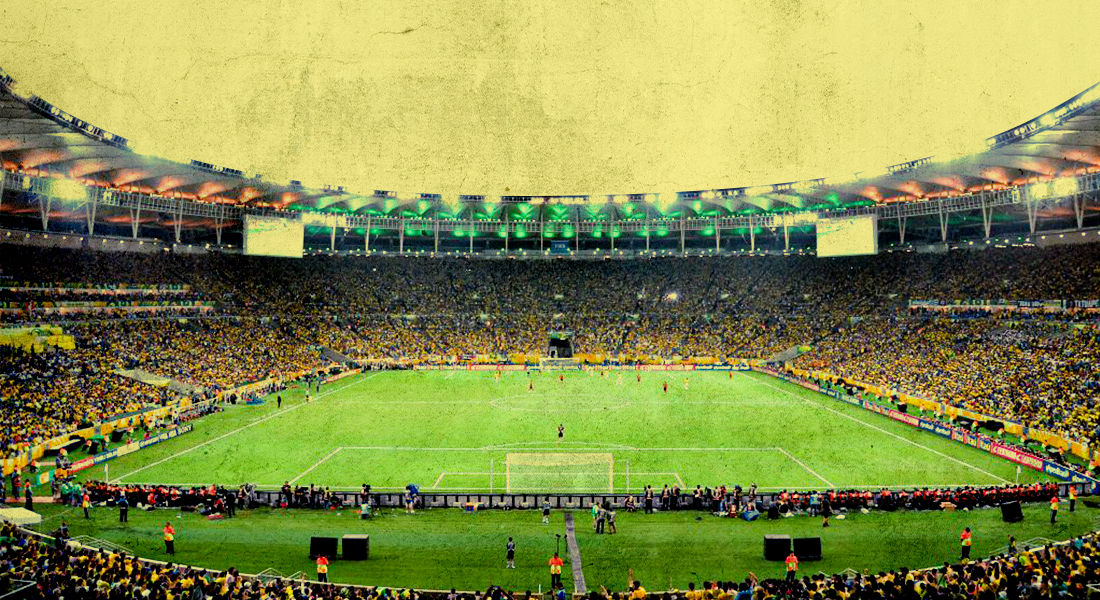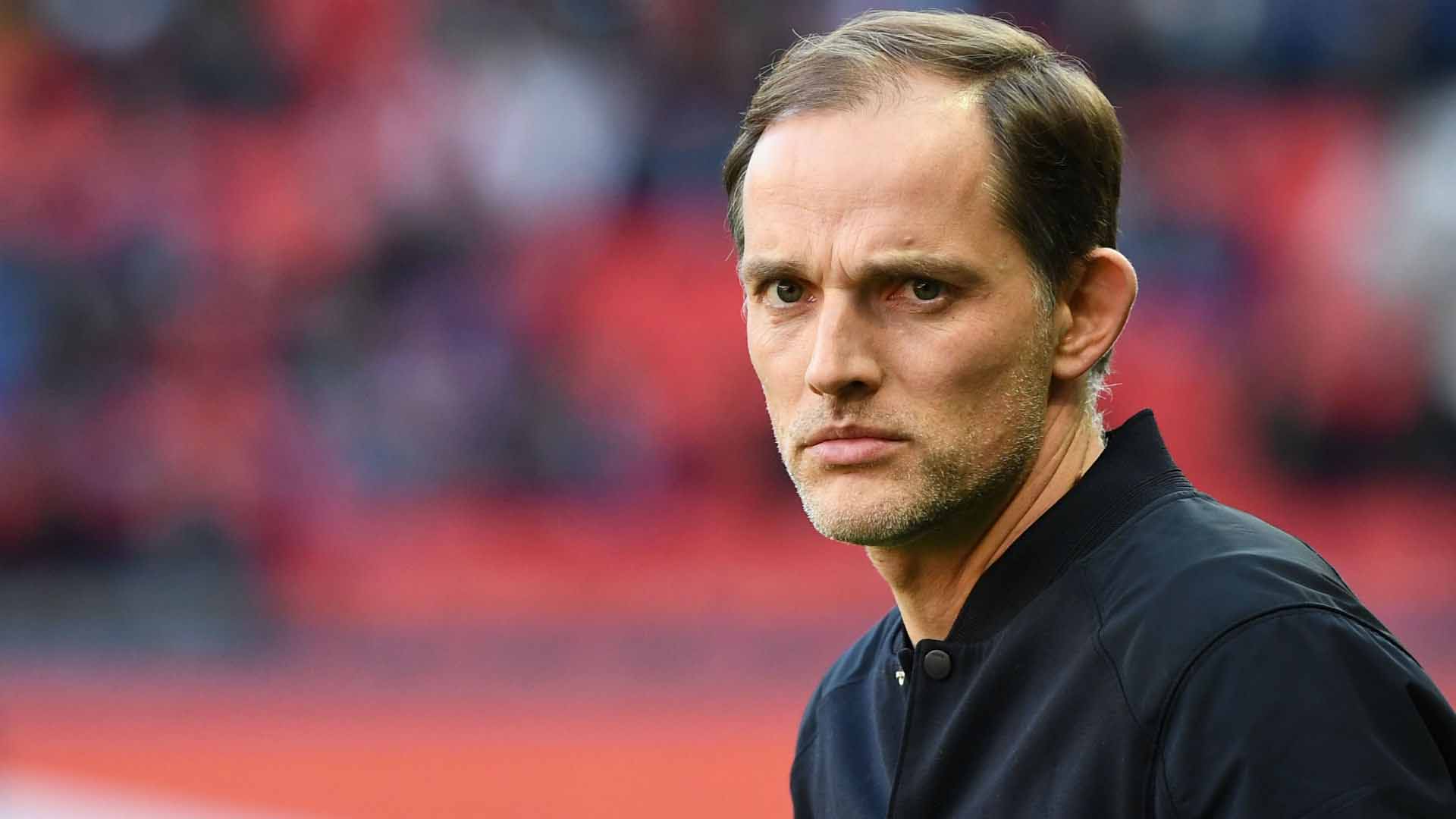Let’s dive into the most historic and noteworthy football stadiums and statues in the history of football on this World Heritage Day. A brief history of the most notable venues and the iconic figures of the game.
MARACANA STADIUM – BRAZIL
Officially named Estádio Jornalista Mário Filho Stadium, the iconic venue is located in Rio de Janeiro, in Brazil. It was meant to become the biggest football stadium in the world. The stadium built to host the 1950 FIFA World Cup saw the home team Brazil beaten at the hands of Uruguay in front of two hundred thousand spectators.
The stadium is mainly used for football matches between the major football clubs in Rio de Janeiro, including Flamengo, Fluminense, Botafogo, and Vasco da Gama. It has also hosted several concerts and other sporting events.
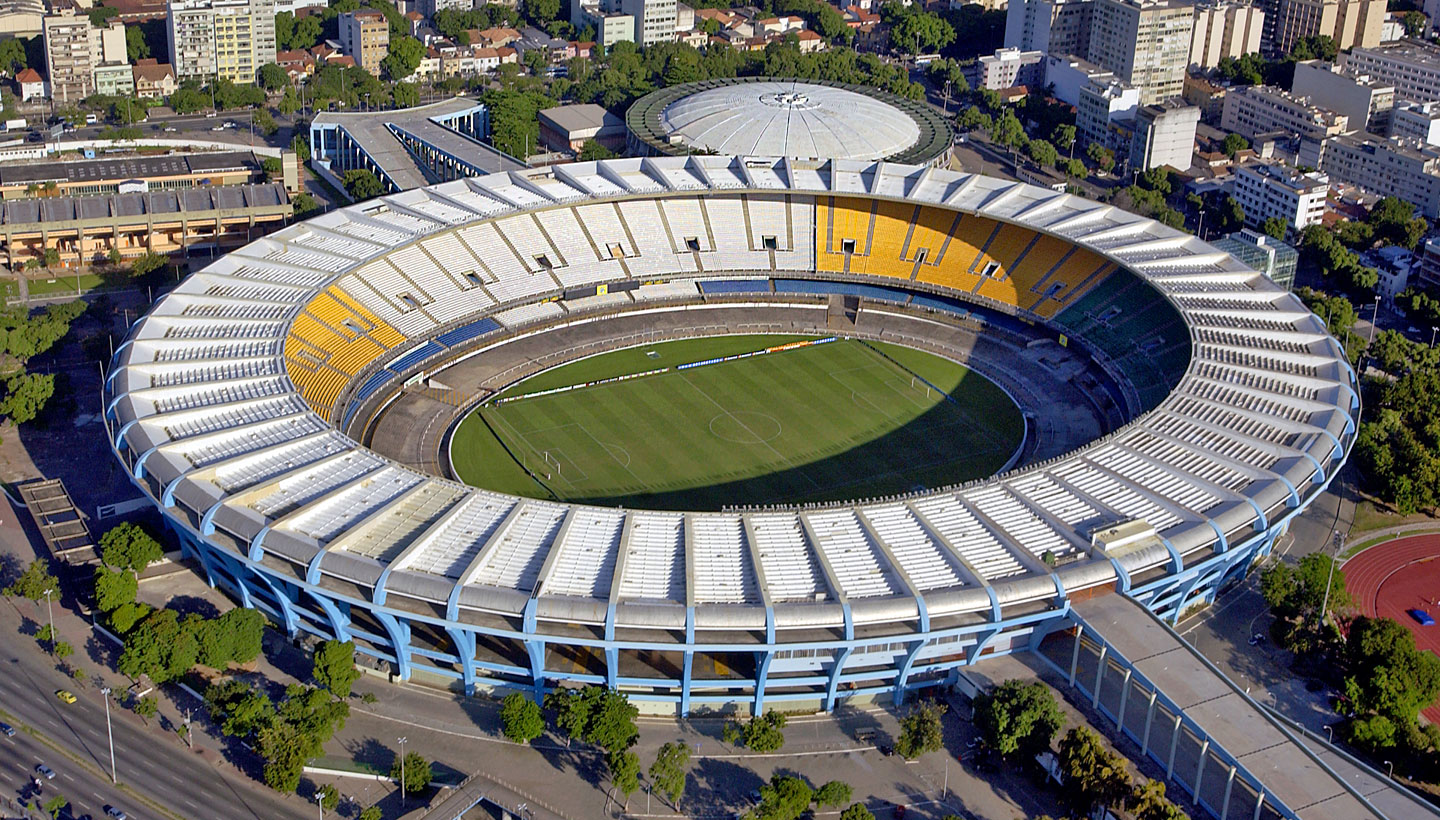
The Stadium was also host to the 2014 World Cup and the 2016 Olympic and Paralympic Games and has been associated with the Copa America held in 2019 and 1989. Although the popularity of the Stadiums name comes from the Maracana River, the official name of the stadium was given in 1966 in honour of the recently deceased Mário Filho. He was a Pernambucan sports journalist, the brother of Nelson Rodrigues, who was a strong vocal supporter of the construction of the Maracanã.
WEMBLEY STADIUM – LONDON
Like the Maracana Stadium, the Wembley stadium is a household name for every football fanatic. Host to many important matches, the Wembley stadium is a venue that every football player wants to grace. Formerly known as the Empire State Stadium, built-in 1923, it hosts the FA Cup final and League Cup final annually.
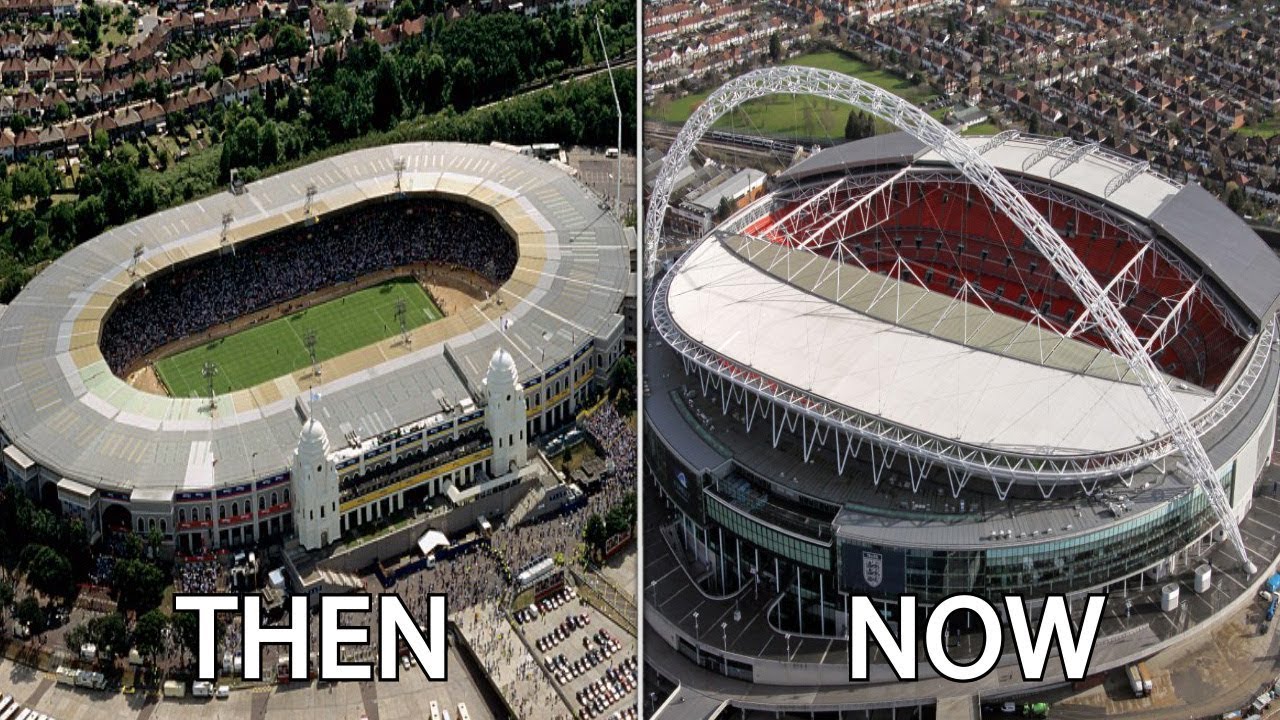
“Wembley is the cathedral of football. It is the capital of football and it is the heart of football”- Pele
Five European Cup finals, the 1966 World Cup Final and the final of Euro 96 were also held in this stadium. 1948 Summer Olympics, rugby league’s Challenge Cup final, and the 1992 and 1995 Rugby League World Cup Finals were the other notable events. It was also the venue for numerous music events, including the 1985 Live Aid charity concert.
CAMP NOU – BARCELONA
The pristine stadium home to Barcelona. Undoubtedly one of World Football’s most iconic stadium, home to legends, the birthplace of tiki-taka. The Nou Camp is the largest stadium in Spain and Europe and is a dream of every football player to play in its green at least once in their career.
It has hosted two European Cup/Champions League finals in 1989 and 1999, two European Cup Winners’ Cup finals, four Inter-Cities Fairs Cup final games, five UEFA Super Cup games, four Copa del Rey finals, two Copa de la Liga finals, and twenty-one Supercopa de España finals.
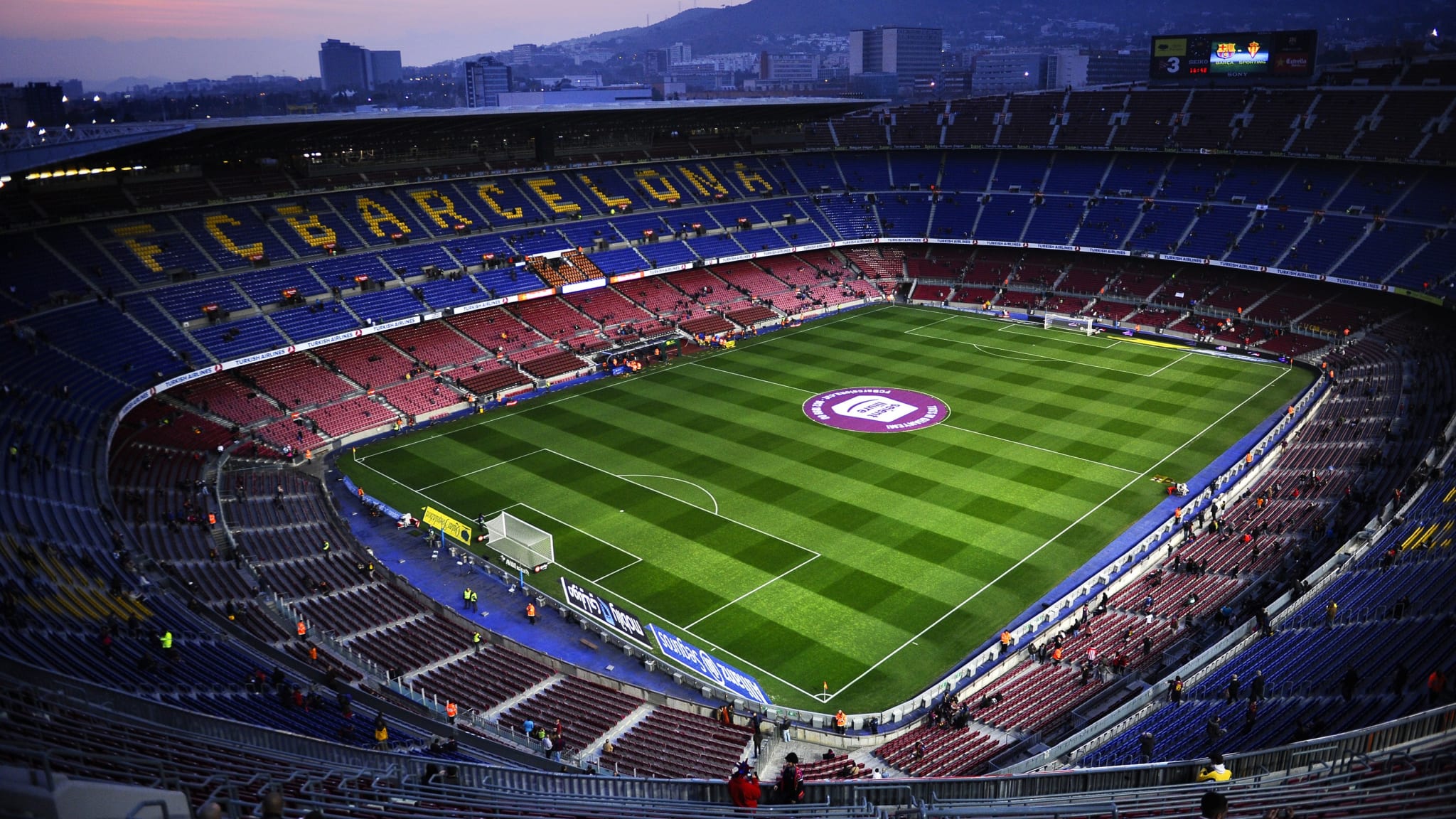
Lionel Messi, Ronaldinho, Xavi, Iniesta, Cruyff and many more, the stadium is a thing of beauty graced by the best of the footballing world.
ANFIELD – LIVERPOOL
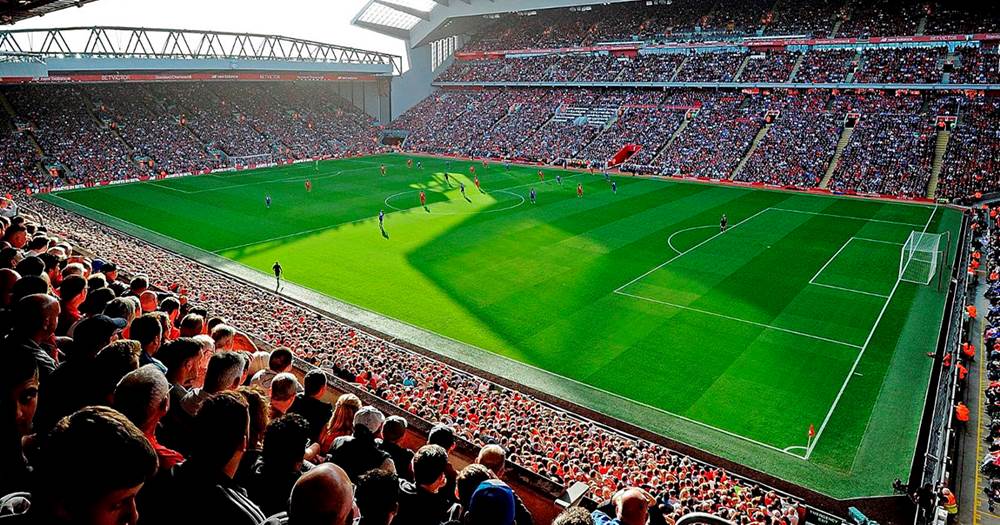
Home to the famous Red’s since 1892, it is the seventh-largest football stadium in England. Signs of the famous “This Is Anfield” brings goosebumps to every Liverpool Supporter. The stadium is filled with a sea of reds on any given match day, daunting signs of “You’ll Never Walk Alone”, always cheering their players and intimidating their opponents. The legendary stadium is a nightmare for any opposition irrespective of their size or stature. The Kopites sure know how to turn the atmosphere on!
In Europe, they do well. Why? Anfield.
“[For a] home game, this is the most hated stadium in Europe in a return game. It is the only place you don’t want to go.
“The atmosphere – everything – is special there.” – Arsene Wenger
OLD TRAFFORD – MANCHESTER
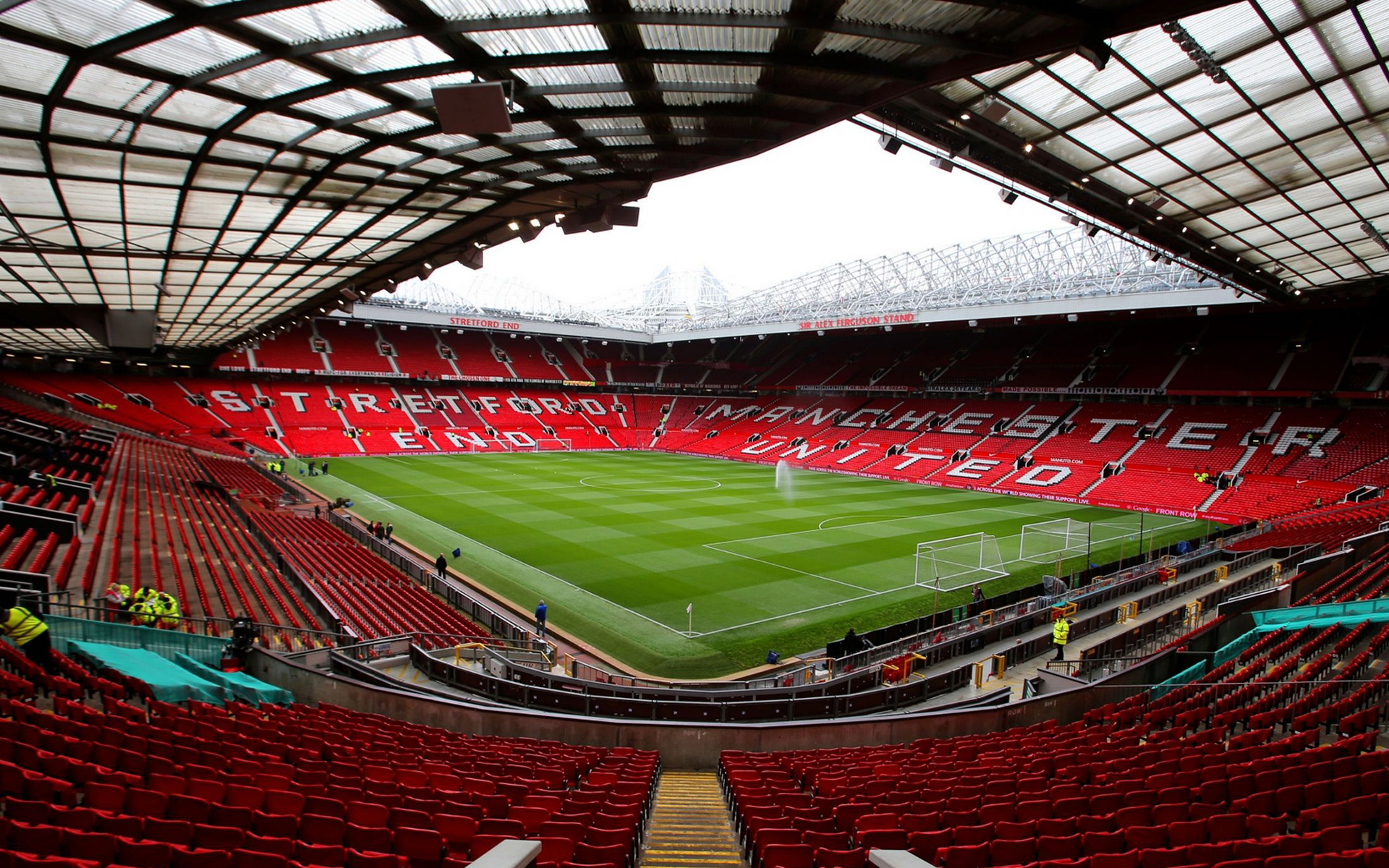
‘The Theatre of Dreams’. Manchester United is one of the most popular football teams in the world and its ground is no different. Dubbed as the ‘Theatre of Dreams’ by club legend Sir Bobby Charlton, the Old Trafford boasts some iconic games the world has ever seen. It is the largest club football stadium in the United Kingdom and is home to the Red Devils since 1910.
“It never rains in Manchester, but it pours” — Kevin Keegan
The stadium is filled with Manchester supporters who claim that Manchester is Red. Their vigour and passion the fans have for football is a sight to behold in the famous stadium.
CRISTIANO RONALDO STATUE
The Cristiano Ronaldo statue was unveiled in March 2017 as part of the Ceremony renaming the Madeira Airport to the Cristiano Ronaldo International Airport. There are many coveted players and managers in the world of football that have received a statue in honour of their exemplary performance in the sport. However, the statue of Ronaldo seems to be the most popular for its rather negative appeal. The statue was heavily criticised for its lack of resemblance to the player himself.
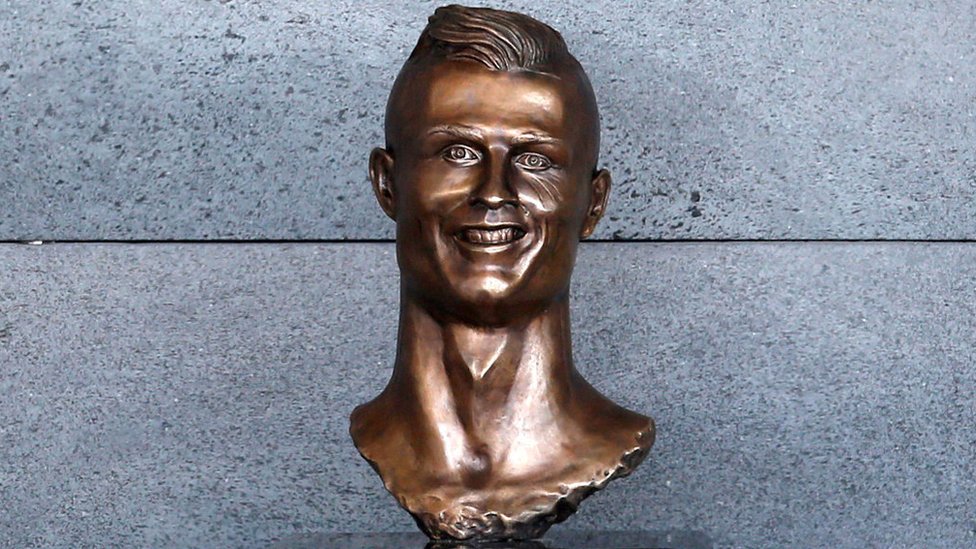
Designer Emanuel Santos was requested to remake the statue due to its poor outcome. In March 2018, a second, more traditional version of the bust, which was received much kindlier by the general public.
STATUE OF ZLATAN
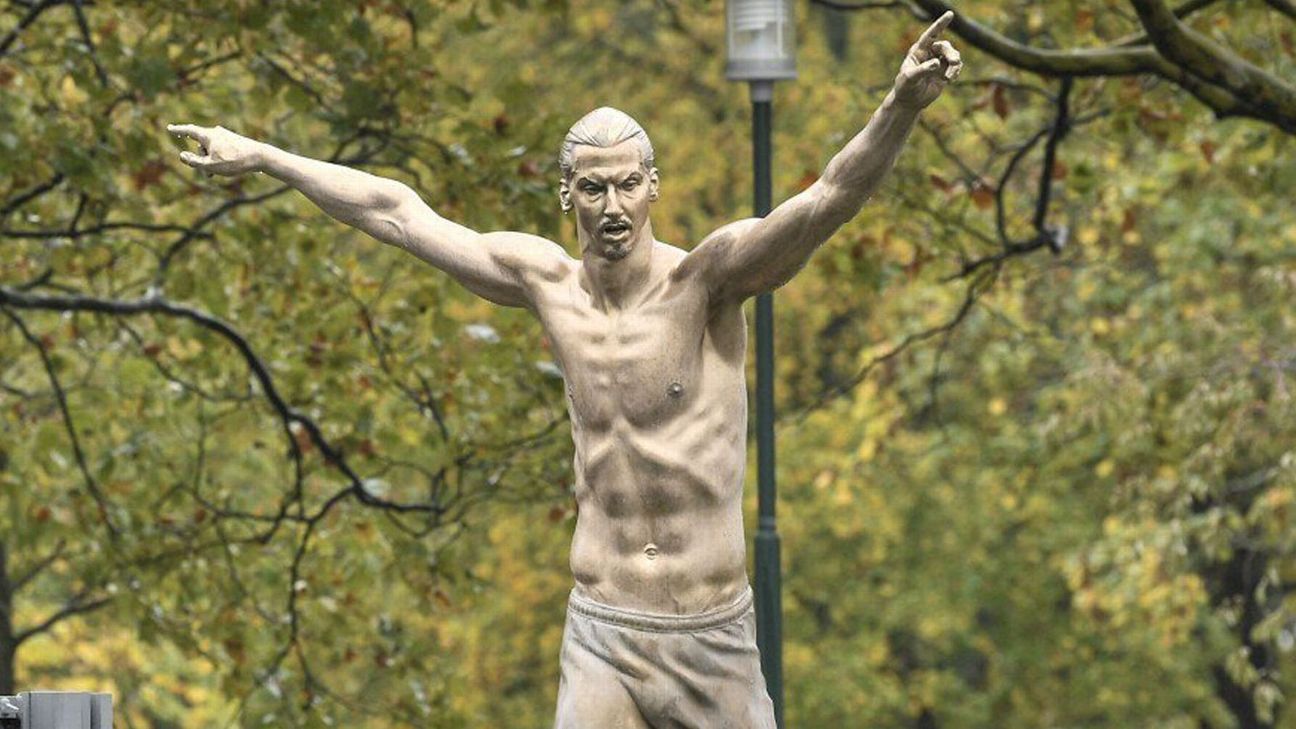
The Swedish footballer is on a league of his own both in terms of his footballing ability and his personality. It is only fitting that the legend has a statue of himself. Sculptor Peter Linde created the magnificent piece upon request from the Swedish Football Association.
The statue was planned to be placed at Friends Arena in Stockholm but was finally unveiled at the football stadium in Malmö where Ibrahimović grew up. The statue was unveiled at the football stadium in front of thousands of fans and Ibrahimović attending the ceremony.
On the ground and right under the statue there are inscriptions into granite-based tiles with the clubs Ibrahimović has played for, and the many titles in football that he has won. After several cases of vandalism, it was removed from its plinth on 5 January 2020. Experts say it would be kept indoors to preserve it for the future.
MESSI’S STATUE
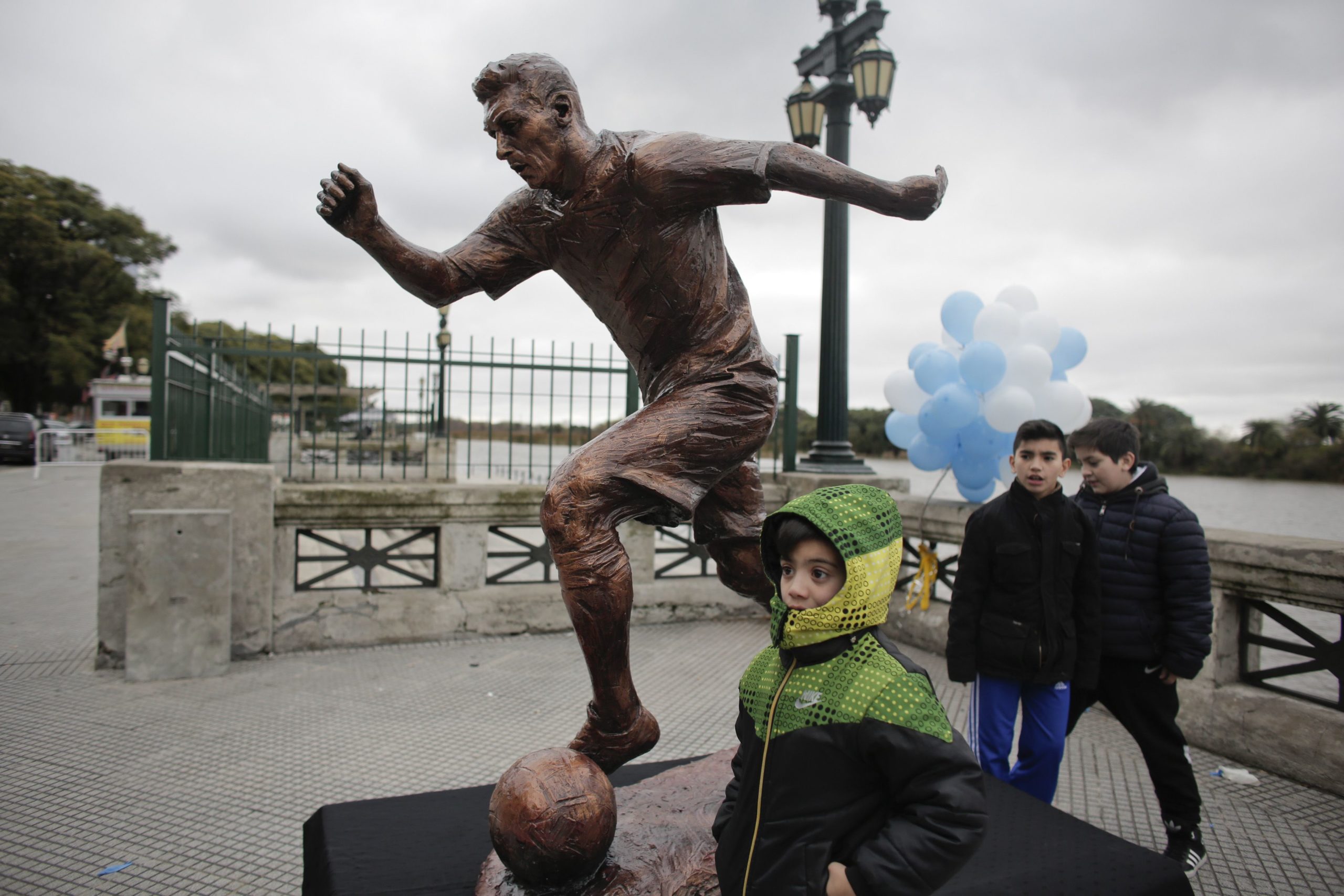
The statue was unveiled in June 2016 on Paseo de la Gloria, where similar statutes of other famous Argentine sports stars such as tennis player Gabriela Sabatini and basketball player Manuel Ginobili are also on display. The space for the statues was created as an attraction for the 2018 Olympic Youth Games hosted by the country.
Similar to Zlatan’s statue, the legendary player’s statue has been the target of many Vandals. In January 2017, it was even cut in half at the waist. A shame to see one of the Worlds footballs greatest player being disrespected. The vandalism was said to be triggered after Messi failed to convert a penalty in its loss against Chile in the 2016 Copa America.
BILL SHANKLY STATUE
William Shankly, the Scottish football player renowned for being one of the greatest managers the game has ever seen during his reign at the helm of Liverpool Football Club. Shankly brought success to Liverpool, gaining promotion to the First Division and winning three League Championships and the UEFA Cup. A charismatic, iconic figure at the club, his oratory stirred the emotions of the fanbase making the spectators feel part of the club.
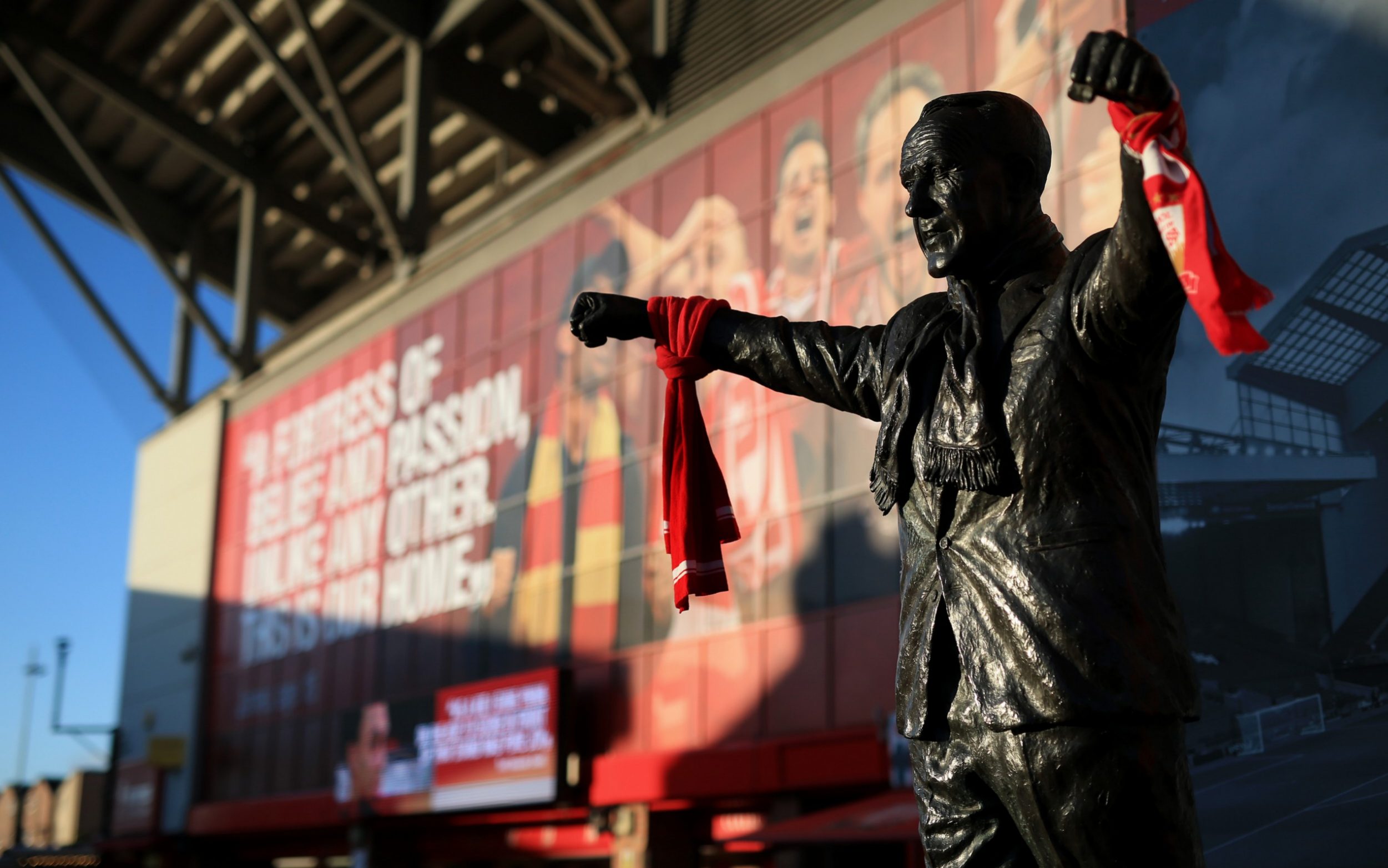
Some people believe football is a matter of life and death, I am very disappointed with that attitude. I can assure you it is much, much more important than that – Bill Shankly
In 1997, The Statue of Shankly was erected outside the Kop at Anfield. The Shankly gate is another attraction that was put up in 1982. The legacy of Bill Shankly still lives on! A true mastermind, a revolutionary of the game.
BOBBY MOORE STATUE
Perhaps the most coveted English Footballer. Bobby Moore is adored and remembered by English fans for his World Cup triumph in 1966. Moore captained the English team to their first and only FIFA World Cup to date.
He was known for his defensive ability and was the captain of West Ham United for more than ten years. His presence in defence was a hurdle for any opposition and was even cited by Pelé as the greatest defender that he had ever played against.
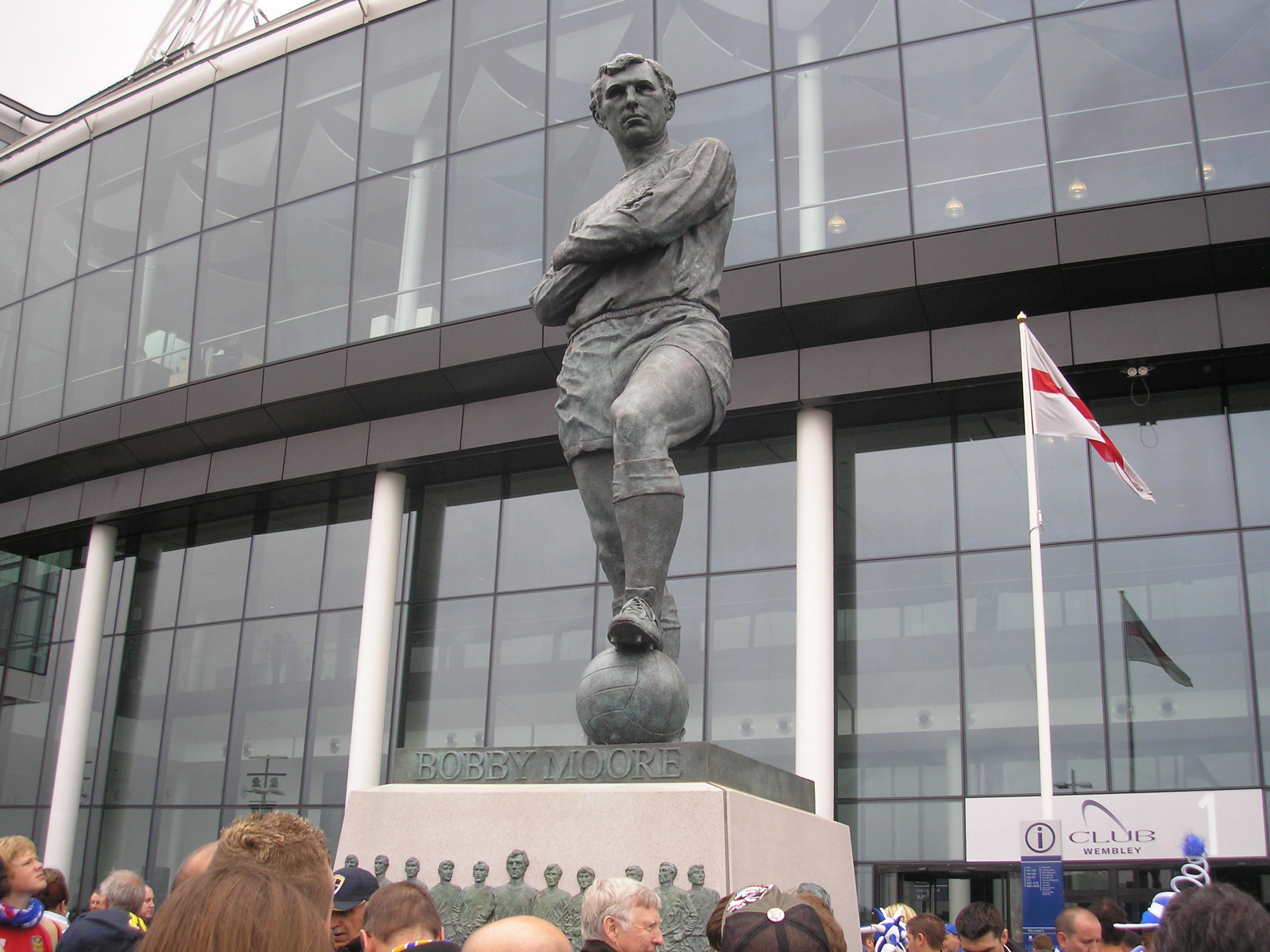
My captain, my leader, my right-hand man. He was the spirit and the heartbeat of the team. A cool, calculating footballer I could trust with my life. He was the supreme professional, the best I ever worked with. Without him, England would never have won the World Cup. — Sir Alf Ramsey describing Bobby Moore
On 11 May 2007, a statue of Bobby Moore was unveiled by Sir Bobby Charlton outside the entrance of the newly reconstructed Wembley Stadium as the “finishing touch” to the project. The twice life-size bronze statue, also sculpted by Jackson, depicts Moore looking down Wembley Way.

